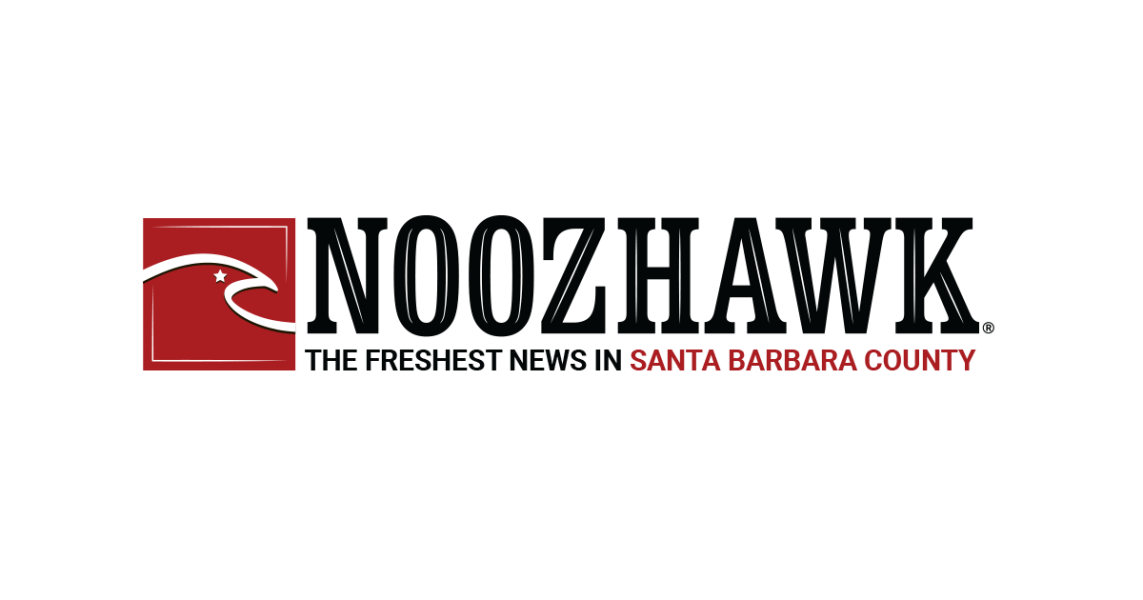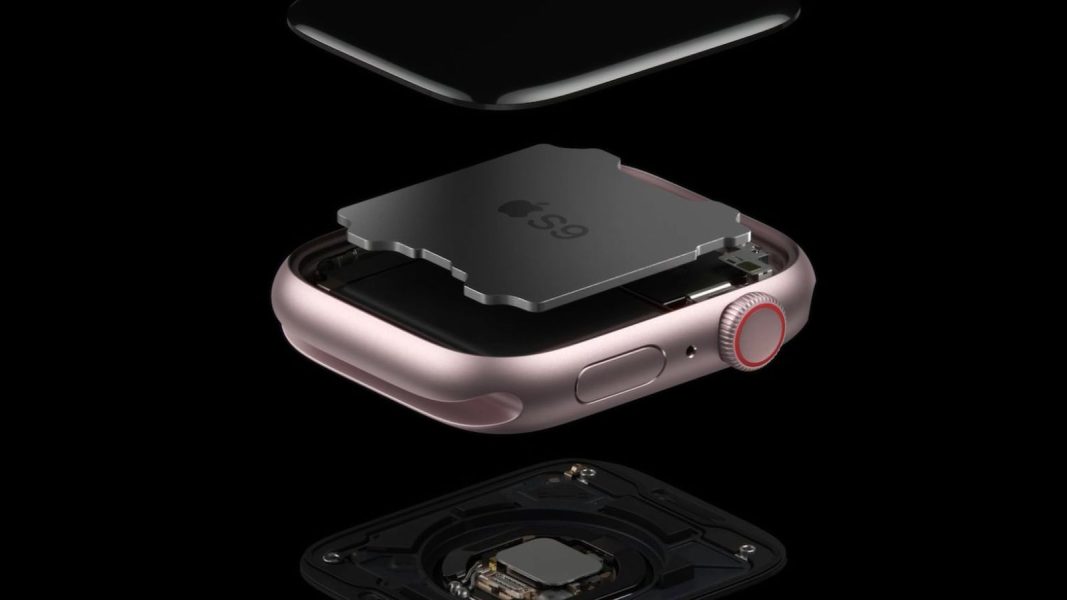New barriers coming to Bourbon Street not designed to stop truck attacks like on New Year’s Day – NOLA.com

The bollards installed on Bourbon Street at the intersection with Canal Street in New Orleans, seen, Friday, Dec. 15, 2017, were aimed at helping prevent terrorist attacks using large trucks.The new bollards being installed along Bourbon Street in the French Quarter are not designed to stop the type of truck attacks that have hit cities around the world and claimed the lives of 14 people on New Year’s Day in New Orleans, according to city design documents, meeting minutes and people familiar with bollard system design.Mayor LaToya Cantrell’s administration is replacing the protective poles known as bollards that in 2017 were placed along Bourbon to help prevent against acts of terrorism involving large trucks. The project got underway in November and is not yet complete, which is why bollards were not in place when Shamsud-Din Jabbar turned onto Bourbon from Canal Street to begin his deadly rampage.The 2017 bollards, manufactured by U.K.-based Heald, are rated to withstand a collision with a 15,000-pound vehicle moving at 40 miles per hour, according to Heald’s website. That is roughly the weight of a medium-size delivery truck. When announcing the project, city leaders referenced the 2016 attack in Nice, France, where a cargo truck was driven into crowds, killing 86 people. To replace those bollards, the Cantrell administration is installing a system rated to withstand collisions with 5,000-pound vehicles moving at approximately 10 miles per hour. The rating of the new system, S-10, is at the lowest end of its rating scale for protective bollards. Jabbar’s F-150 Lightning weighed approximately 6,000 pounds and appeared in videos to be moving far faster than 10mph after making it on to Bourbon Street.A conceptual rendering of the replacement bollards being installed on Bourbon Street in New Orleans (Courtesy City of New Orleans)S-10 rated bollards are typically used to protect storefronts from slow-moving vehicles or to guard against miscues when drivers are exiting parking lots, according to Scott Rosenbloom, who has owned bollard manufacturing companies and worked in bollard sales for 40 years.The rating of the new system “is exponentially, far less than what they currently have,” said Rosenbloom.“The only time I see these products used at this rating is for what we call storefront safety, which is pedal misapplication, not terrorism,” Rosenbloom said. “You want to protect the front of the store because some guy hit the gas instead of the brake.”The Cantrell administration did not respond to questions on why the S-10 rating was chosen, or if it is considering changes to its new system after the New Year’s Day attack. Explaining why the current bollards were not in place before the attack, Cantrell said during a news conference on Wednesday that the new bollard installation was timed to be complete ahead of the Super Bowl on Feb. 9.“Because the city of New Orleans was hosting the Super Bowl this year, it gave (the city) an opportunity to go further and deeper with infrastructure improvements,” Cantrell said.Project details on the city’s website say that the new system will provide several benefits, including “eliminating pedestrian tripping hazards,” improving sidewalks, improving pedestrian safety “by extending pedestrian mall closure intersection to intersection,” and making the bollards easier to move into place.The project details don’t include any mention of potential terrorist attacks.Construction of the new bollards followed a study of the existing system and meetings with French Quarter residents and business owners, according to a press release on Wednesday to address questions about why there weren’t permanent barriers in place ahead of the attack. The previous bollards, which moved on tracks, were difficult to maintain because they frequently filled with gunk, and at some point they became inoperable. French Quarter residents and business owners complained to the city for years about the need for a new system. Interfor International, a security consulting firm, strongly recommended immediate repairs to the system in a 2020 report commissioned by the French Quarter Management District.A crash rating scale for 5,000-pound vehicles was deemed the best choice “based off the worst-case scenario,” according to December 2023 meeting minutes for workshops at City Hall conducted by Mott MacDonald, the project engineering firm. The minutes do not say who determined that rating scale should be used.Attempts to reach the Mott MacDonald engineer who led the meeting were not successful on Saturday.Are other lines of defense coming to Bourbon Street?In addition to going with bollards which offered protection on that lesser weight scale, known as the ASFM F3016, officials chose bollards with the lowest designation on that scale.“It’s the lowest of the low,” said Jeff Halaut, a security consultant who advises governmental clients. “I don’t know any consultant or any engineering or design firm that knows anything about crash ratings that would put an S-10 in a target-rich environment.”Mott MacDonald meeting minutes suggest the city was considering an S-10 rating because bollards would not be the only line of defense in trying to secure Bourbon Street. Newly installed bollard can be seen on Bourbon Street at the intersection with Canal Street in New Orleans, La., Friday, Dec. 15, 2017. The bollards are a part of Mayor Mitch Landrieu’s $40 million plan for improving security, a response to concerns over terrorist attacks whose perpetrators have crashed vehicles into crowds.It’s not clear what other barriers the Cantrell administration might be considering for the Super Bowl. A wedge barrier in the 100 block of Bourbon Street was not deployed on New Year’s Eve but has been deployed in the aftermath of the attack. In past years, the city has also deployed archer wedges and temporarily blocked Bourbon Street with a large truck.Rosenbloom said he was baffled at the city’s decision to install a bollard system with significantly less protection, even if it is easier to use. “Why did they feel the need for a lesser rating?” Rosenbloom asked. “I can’t imagine anyone thinks the world is a safer place today.”Email Ben Myers at bmyers@theadvocate.com. News Tips:nolanewstips@theadvocate.comOther questions:subscriberservices@theadvocate.comNeed help? Your browser is out of date and potentially vulnerable to security risks.We recommend switching to one of the following browsers:





